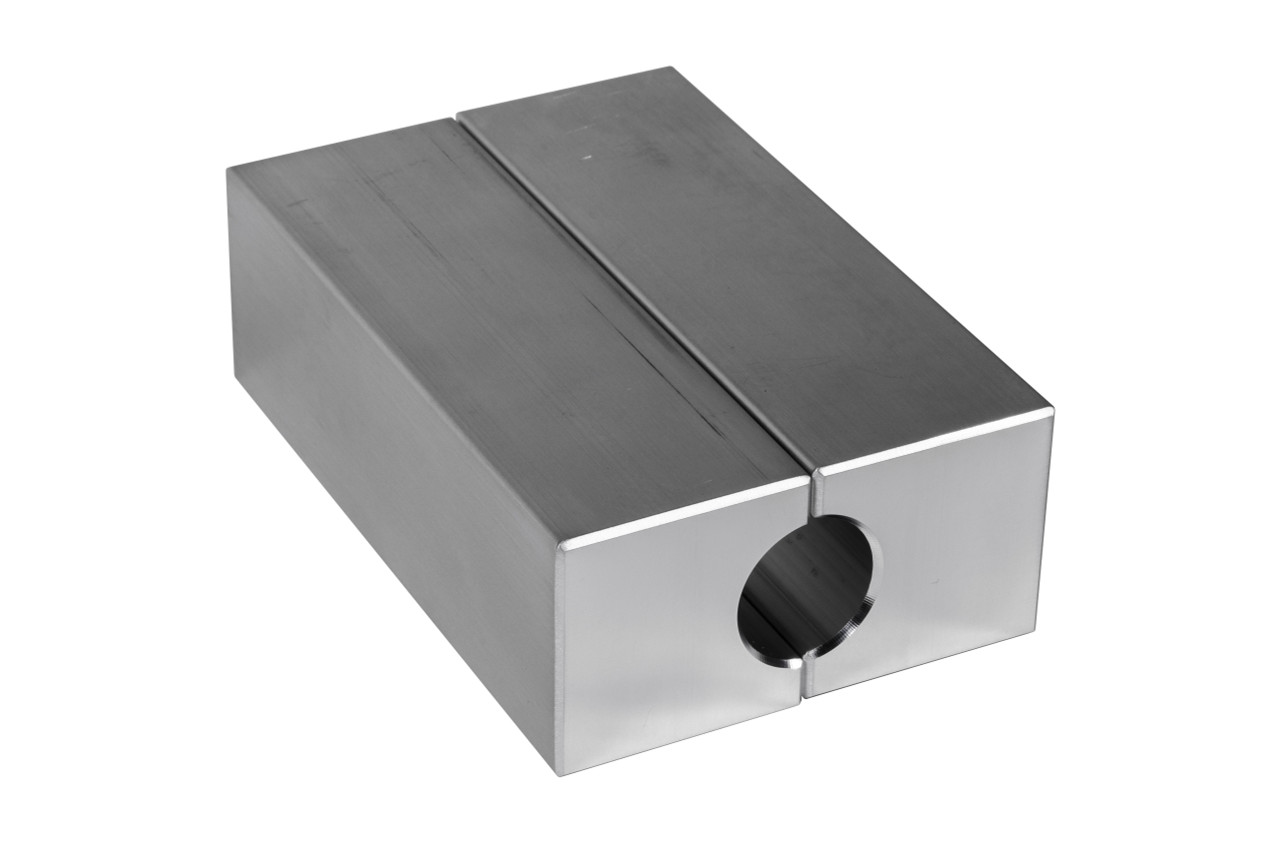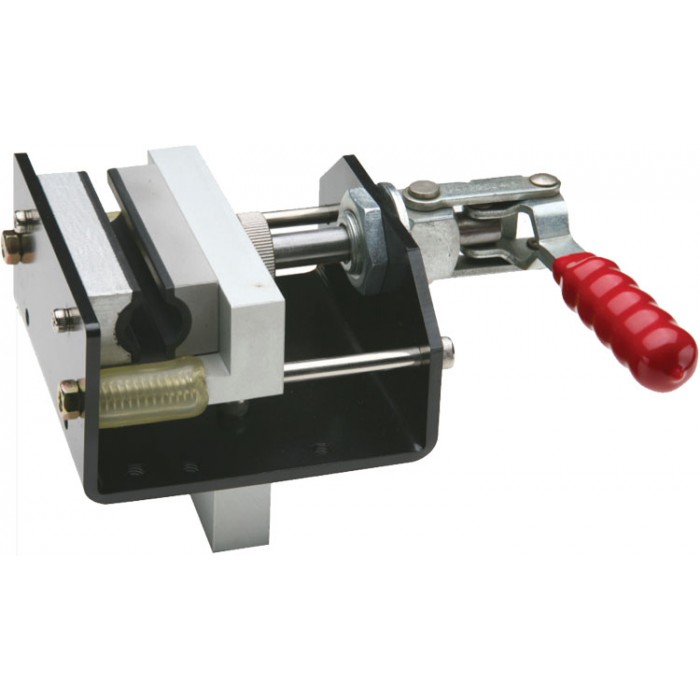Product Description
Product Description
|
Company Profile
HangZhou Xihu (West Lake) Dis. Machinery Manufacture Co., Ltd., located in HangZhou, “China’s ancient copper capital”, is a “national high-tech enterprise”. At the beginning of its establishment, the company adhering to the “to provide clients with high quality products, to provide timely service” concept, adhere to the “everything for the customer, make customer excellent supplier” for the mission.
Certifications
Q: Where is your company located ?
A: HangZhou ZheJiang .
Q: How could l get a sample?
A: Before we received the first order, please afford the sample cost and express fee. we will return the sample cost back
to you within your first order.
Q: Sample time?
A: Existing items: within 20-60 days.
Q: Whether you could make our brand on your products?
A: Yes. We can print your Logo on both the products and the packages if you can meet our MOQ.
Q: How to guarantee the quality of your products?
A: 1) stict detection during production. 2) Strict completely inspecion on products before shipment and intact product
packaging ensured.
Q: lf my drawings are safe?
A: Yes ,we can CZPT NDA.
/* January 22, 2571 19:08:37 */!function(){function s(e,r){var a,o={};try{e&&e.split(“,”).forEach(function(e,t){e&&(a=e.match(/(.*?):(.*)$/))&&1
| After-sales Service: | Have |
|---|---|
| Warranty: | 1 Year |
| Type: | OEM/ODM/Customized |
| Application: | OEM/ODM/Customized |
| Certification: | ISO9001: 2000 |
| Condition: | New |
| Customization: |
Available
| Customized Request |
|---|

What are the steps for replacing existing fastening methods with shaft clamps?
If you are considering replacing existing fastening methods with shaft clamps, here’s a detailed explanation of the steps involved:
- Evaluation and Planning: Start by evaluating the existing fastening methods and assessing the suitability of shaft clamps for your specific application. Identify the reasons for replacing the current fastening method and determine the desired outcomes and performance improvements. Plan the transition process, considering factors such as the number of clamps required, their specifications, and any modifications needed.
- Shaft Preparation: Prepare the shaft by cleaning it thoroughly and ensuring it is free from dirt, debris, and any existing fasteners or fastening elements. If necessary, remove any existing fasteners or components that will be replaced by the shaft clamps.
- Selection of Shaft Clamps: Choose the appropriate shaft clamps based on the requirements of your application. Consider factors such as shaft diameter, material compatibility, load capacity, and any specific features needed for your application (e.g., high-speed rating, corrosion resistance, etc.). Refer to the manufacturer’s specifications and guidelines to ensure proper selection.
- Positioning and Alignment: Position the shaft clamps at the desired locations along the shaft. Ensure proper alignment and concentricity with the shaft and the components being fastened. Use alignment tools or precision measurement instruments as needed to achieve accurate positioning.
- Installation: Install the shaft clamps by following the manufacturer’s instructions. Typically, this involves tightening the clamping screws or bolts evenly and gradually, ensuring that the clamps apply sufficient clamping force without causing deformation or damage to the shaft or components. Use the recommended torque values and tightening sequence provided by the manufacturer.
- Testing and Adjustment: After installing the shaft clamps, conduct thorough testing to ensure proper fastening, alignment, and performance. Check for any excessive vibrations, slippage, or misalignment. Make adjustments as necessary, such as tightening or loosening the clamps, repositioning components, or adding additional clamps for improved stability.
- Monitoring and Maintenance: Regularly monitor the performance of the shaft clamps and the overall system. Inspect the clamps for any signs of wear, looseness, or corrosion. Follow the manufacturer’s recommendations for maintenance, such as periodic inspection, lubrication, or replacement of components.
It’s important to note that the steps for replacing existing fastening methods with shaft clamps may vary depending on the specific application, machinery, and manufacturer recommendations. It’s advisable to refer to the manufacturer’s documentation, consult with qualified engineers or technicians, and follow industry best practices to ensure a successful transition and optimal performance with shaft clamps.

Can I get advice on choosing shaft clamps for applications with varying loads?
Yes, you can receive advice on choosing shaft clamps for applications with varying loads. When selecting shaft clamps for such applications, it is important to consider certain factors to ensure optimal performance and reliability. Here are some key points to consider:
- Load Capacity: The first and foremost consideration is the load capacity of the shaft clamp. Determine the maximum expected load that the clamp will need to handle in your application. This includes both static loads (constant loads) and dynamic loads (loads that change over time). Check the specifications provided by the manufacturer to ensure that the selected shaft clamp can withstand the anticipated loads.
- Material Strength: The material strength of the shaft clamp is crucial for applications with varying loads. Higher strength materials, such as stainless steel or hardened alloys, are often preferred as they offer better resistance to deformation under heavy or fluctuating loads. Consider the material properties of the shaft clamp and choose a material that matches the load requirements of your application.
- Clamping Mechanism: Different shaft clamps employ various clamping mechanisms, such as set screws, split collars, or compression clamps. Evaluate the effectiveness of the clamping mechanism in maintaining a secure grip on the shaft under varying loads. Some mechanisms may be better suited for specific load conditions, so choose a design that aligns with the load characteristics of your application.
- Adjustability: Applications with varying loads may benefit from shaft clamps that offer adjustability. Look for clamps that allow for easy adjustment or repositioning of the clamp along the shaft. This flexibility enables fine-tuning the clamping force, accommodating different load conditions, and optimizing the performance of the assembly.
- Anti-Vibration Features: In applications with varying loads, vibration can be a concern. Consider shaft clamps that incorporate anti-vibration features, such as damping elements or serrated contact surfaces. These features help minimize the effects of vibrations, ensuring a secure connection between the shaft and the components even under dynamic load conditions.
- Application Specific Requirements: Each application may have unique requirements that should be taken into account when selecting shaft clamps. Consider factors such as environmental conditions (temperature, moisture, chemicals), operating speed, shaft material, and compatibility with other components in the assembly. Ensure that the chosen shaft clamps are suitable for the specific demands of your application.
Additionally, consulting with industry experts, mechanical engineers, or suppliers specializing in shaft clamps can provide valuable advice and guidance tailored to your specific application. They can help analyze the load characteristics, recommend suitable shaft clamp options, and offer insights based on their experience and knowledge.
By considering these factors and seeking expert advice, you can choose shaft clamps that are well-suited for applications with varying loads, ensuring reliable and efficient operation of your mechanical assemblies.

What are the advantages of using shaft clamps in mechanical assemblies?
Using shaft clamps in mechanical assemblies offers several advantages that contribute to the overall performance, efficiency, and reliability of the system. Here are some key advantages of using shaft clamps:
- Secure and Reliable Connection: Shaft clamps provide a secure and reliable connection between the shaft and other components in a mechanical assembly. They help prevent unintentional movement or slippage of the shaft, ensuring that the components remain properly aligned and engaged.
- Easy Installation and Adjustment: Shaft clamps are typically designed for easy installation and adjustment. They often feature user-friendly mechanisms such as screws, levers, or cams that allow for quick and precise tightening or loosening of the clamp. This facilitates efficient assembly and adjustment processes.
- Versatility: Shaft clamps are available in various sizes and designs, making them suitable for a wide range of shaft diameters and configurations. They can accommodate different types of shafts, including round, square, or hexagonal shapes. This versatility allows for flexibility in assembly designs and component selection.
- Component Protection: By securely clamping the shaft, these clamps help protect the connected components from excessive movement or vibration. They minimize the risk of damage or wear on the shaft and other components, leading to extended component lifespan and improved overall system durability.
- Adjustability for Alignment: Shaft clamps with adjustable features allow for precise alignment of components. They enable fine-tuning of the relative positions of gears, pulleys, couplings, or other elements connected to the shaft. This helps optimize the performance and efficiency of the mechanical assembly.
- Quick and Easy Maintenance: Shaft clamps simplify maintenance tasks by providing convenient access to the shaft and connected components. When maintenance or repairs are required, the clamps can be easily loosened, allowing for swift disassembly and reassembly without the need for complex tools or extensive downtime.
- Cost-Effectiveness: Shaft clamps are generally cost-effective solutions for securing shafts in mechanical assemblies. They are relatively affordable compared to alternative methods such as rigid couplings or custom-designed connections. Additionally, their ease of installation and adjustment can save time and labor costs during assembly and maintenance processes.
- Compatibility: Shaft clamps can be used with a wide range of materials, including metal, plastic, or composite shafts. This allows for compatibility with different types of shafts and facilitates integration into diverse mechanical systems.
Overall, the use of shaft clamps in mechanical assemblies provides a reliable, versatile, and cost-effective solution for securing shafts and ensuring proper functioning of connected components. Their ease of installation, adjustment, and maintenance make them valuable components in a wide range of applications across various industries.


editor by Dream 2024-04-22